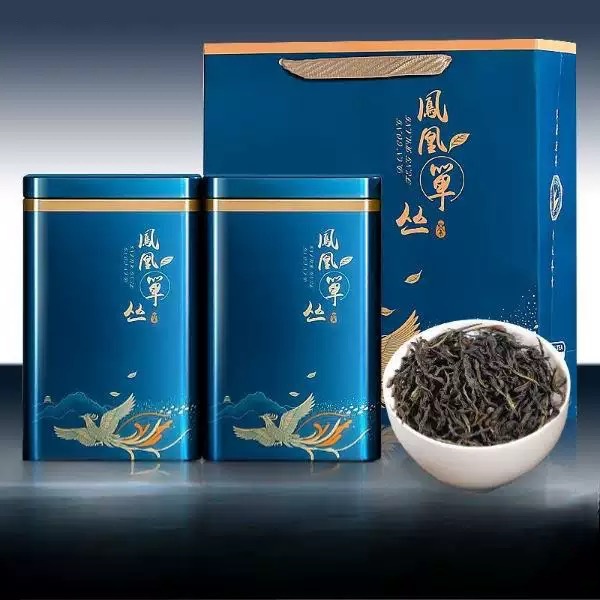
# Oolong Tea Tasting Guide: Discover the Art of Flavor Appreciation
Introduction to Oolong Tea
Oolong tea, a traditional Chinese tea, sits beautifully between green and black tea in terms of oxidation. Its unique processing method gives it a wide range of flavors, from floral and fruity to toasty and woody. Learning to taste oolong tea properly can open up a world of sensory experiences.
Understanding Oolong Tea Categories
Oolong teas can be broadly categorized based on their oxidation levels:
- Lightly oxidized (10-30%): These oolongs have fresh, floral notes similar to green tea
- Moderately oxidized (30-50%): Balanced flavors with both floral and fruity characteristics
- Heavily oxidized (50-70%): Darker, richer flavors approaching black tea
Keyword: Oolong Tea Tasting
The Oolong Tea Tasting Process
1. Observing the Dry Leaves
Before brewing, examine the dry leaves. High-quality oolong leaves should be whole, not broken, with a consistent color. The shape can vary from tightly rolled balls to long, twisted leaves depending on the variety.
2. Assessing the Aroma
After brewing, take a moment to smell the tea. Swirl the cup gently to release the aromas. You might detect notes of:
- Orchid or lilac in lighter oolongs
- Honey or stone fruit in medium oolongs
- Caramel or roasted nuts in darker oolongs
3. Evaluating the Liquor
Look at the brewed tea’s color, which can range from pale yellow to deep amber. The clarity should be excellent in high-quality teas.
4. Tasting the Tea
Take a small sip and let it coat your entire mouth. Notice:
- The initial flavor that hits your tongue
- The developing flavors as the tea spreads
- The aftertaste (called “hui gan” in Chinese) that lingers
Common Oolong Tea Varieties to Try
| Tea Name | Origin | Flavor Profile |
|---|---|---|
| Tie Guan Yin | Fujian, China | Floral, creamy, orchid notes |
| Da Hong Pao | Wuyi Mountains | Mineral, roasted, with stone fruit hints |
| Oriental Beauty | Taiwan | Honeyed, fruity with muscatel notes |
| Milk Oolong | Taiwan | Buttery, creamy with floral undertones |
Brewing Tips for Optimal Flavor
To fully appreciate oolong tea’s complexity:
- Use spring or filtered water at about 195°F (90°C) for lighter oolongs, up to 205°F (96°C) for darker varieties
- Preheat your teaware to maintain temperature
- Use approximately 1 teaspoon per 6 oz of water
- Ste